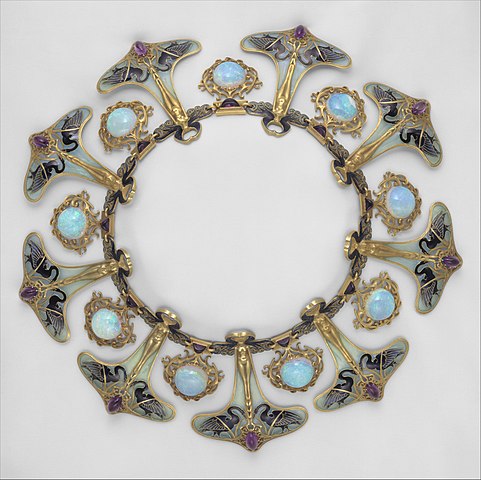Gold is a precious metal that has been highly valued for its beauty and rarity for thousands of years. Here’s everything you need to know about this valuable metal:
1. History and Significance:
- Ancient History: Gold has been used by various ancient civilizations, including the Egyptians, Greeks, and Romans, for jewelry, coins, and ornaments.
- Monetary Standard: Gold has served as a monetary standard and store of value for centuries. The gold standard, where currencies were backed by physical gold, was prevalent in many economies until the 20th century.
2. Physical Properties:
- Color: Gold is known for its distinctive yellow color, which doesn’t tarnish or corrode.
- Malleability: Gold is the most malleable metal, allowing it to be beaten into thin sheets known as gold leaf.
- Ductility: Gold is highly ductile, meaning it can be drawn into thin wires without breaking.
- Density: Gold is dense, making it heavy for its size. A small amount of gold can have significant weight.
3. Occurrence and Mining:
- Natural Occurrence: Gold is a naturally occurring element found in various forms, including nuggets, veins, and alluvial deposits.
- Mining: Gold is extracted from ore through mining processes such as placer mining, lode mining, and heap leaching.
4. Purity and Alloys:
- Karat System: The purity of gold is measured in karats (or carats). Pure gold is 24 karats, while alloys contain a mixture of gold and other metals.
- Common Alloys: Common gold alloys include 18-karat gold (75% gold), 14-karat gold (58.3% gold), and 10-karat gold (41.7% gold).
5. Uses of Gold:
- Jewelry: The largest use of gold is in the production of jewelry due to its beauty and malleability.

- Currency and Coins: Gold has been used to mint coins and as a reserve asset by central banks.
- Electronics: Gold is an excellent conductor of electricity and is used in electronic components, such as connectors and circuit boards.
- Dentistry: Gold is used in dentistry for crowns, bridges, and other dental restorations.
- Aerospace: Gold-coated materials are used in spacecraft and satellites to protect against radiation.
- Medicine: Gold is used in medicine for treating certain medical conditions and in diagnostic tests.
6. Value and Pricing:
- Market Price: The price of gold is influenced by various factors, including supply and demand, economic conditions, and geopolitical events.
- Bullion: Gold is traded in various forms, including bars and coins, as well as in financial markets through gold futures and exchange-traded funds (ETFs).
7. Cultural and Symbolic Significance:
- Cultural Symbolism: Gold has cultural and symbolic significance in many societies, often associated with wealth, power, and prestige.
- Religious Use: Gold is used in religious ceremonies and artifacts in various faiths around the world.
8. Environmental Impact:
- Mining Concerns: Gold mining can have significant environmental impacts, including deforestation, habitat disruption, and water pollution. Sustainable mining practices are being explored to mitigate these effects.
9. Recycling and Reuse:
- Gold Recycling: Gold is highly recyclable, and a significant portion of the world’s gold supply comes from recycling old jewelry, electronics, and other sources.
Gold’s enduring appeal and value continue to make it a sought-after and treasured metal in various aspects of life, from personal adornment to industrial applications and financial markets. Its history and cultural significance add to its enduring allure.











